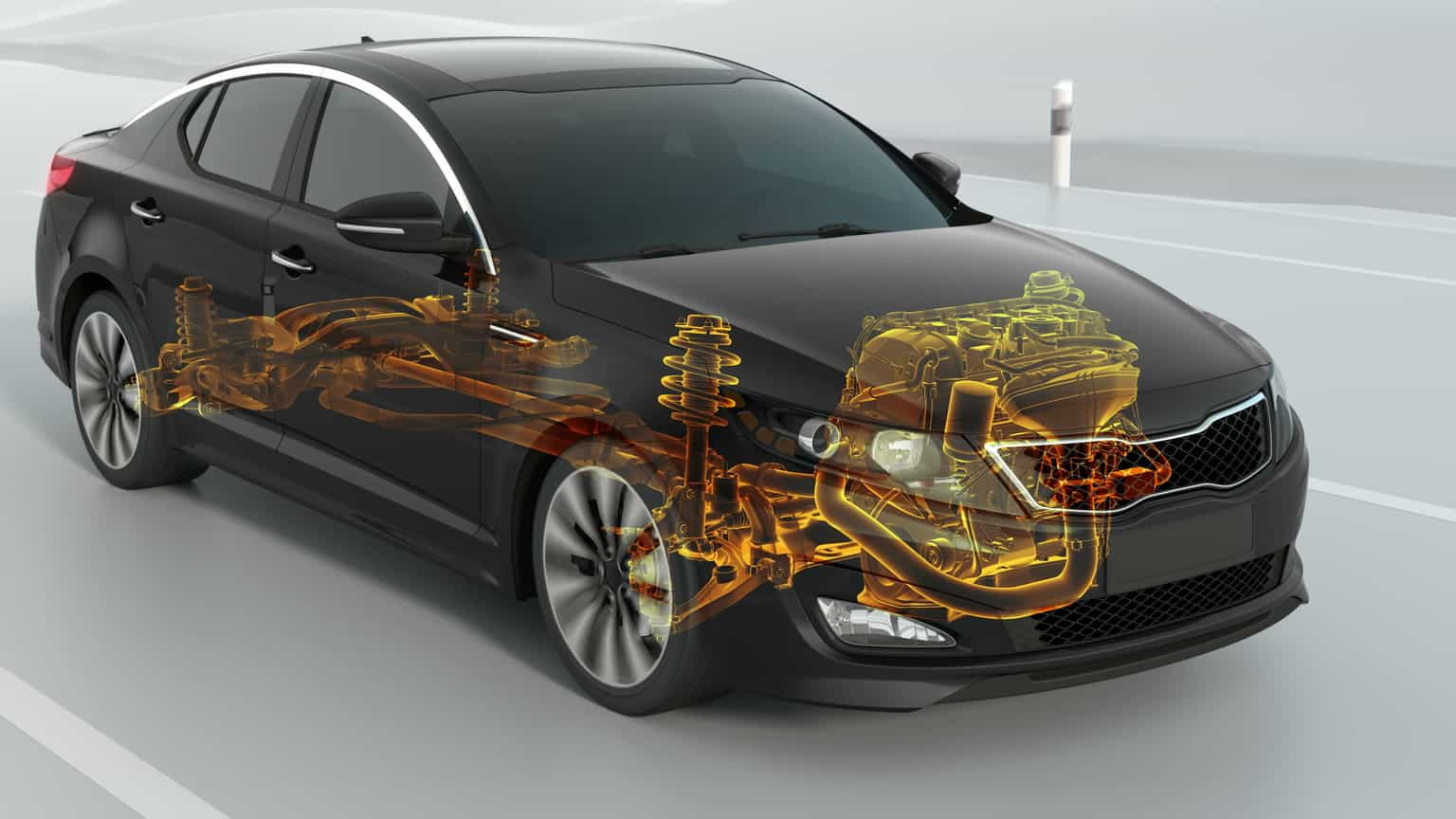Why Used Engines for Sale Are a Smart Option for Your Next Car Repair Work
Why Used Engines for Sale Are a Smart Option for Your Next Car Repair Work
Blog Article
Important Factors To Consider for Making Sure Top Quality and Longevity in operation Engines
When thinking about the acquisition of a made use of engine, guaranteeing its top quality and longevity calls for a complex strategy. Upkeep background is a pivotal factor, as it offers insight into the engine's past care and possible future dependability. Beyond documentation, a comprehensive evaluation of physical elements-- such as belts, hose pipes, and seals-- can expose concealed problems. Performance testing is additionally vital, offering a picture of the engine's functional efficiency. Understanding the nuances of these analyses and their effects can be complicated. What are the essential strategies that can be employed to browse this complex examination process effectively?
Engine Background Examination
In the realm of made use of engines, a thorough engine background evaluation is paramount to making certain quality and integrity. Comprehending an engine's past can give vital insights right into its efficiency abilities and possible future longevity. A careful background review includes numerous key facets that play a substantial role in examining an engine's problem. Maintenance records are vital. Regular maintenance, including oil adjustments, filter replacements, and scheduled tune-ups, suggest that the engine has actually been well-cared-for, decreasing the probability of unforeseen failures.
Engines that have undergone substantial fixings might have underlying issues that can resurface. Checking out the engine's mileage can offer as an indication of wear and tear. An engine used largely for long-distance freeway driving may be in much better condition than one subjected to frequent stop-and-go city traffic.
Basically, an exhaustive examination right into an engine's background is necessary for making educated purchasing choices. used engines for sale.
Comprehensive Inspection Guide
While comprehending an engine's history supplies valuable context, a detailed inspection is the following step to guarantee its existing condition aligns with historic data. The assessment should begin with an aesthetic analysis, looking for signs of leaks, deterioration, and uncommon wear. Examine the outside for oil discolorations or coolant marks, which may show underlying issues.
Next, review the engine's installing system for any kind of loose bolts or irregularities that can affect efficiency. Pay close focus to the condition of belts and hose pipes, as these parts are crucial for ideal engine capability. Examine for fractures, fraying, or any type of indicators of wear and tear.

Determining Wear and Tear
Acknowledging indications of deterioration is important for examining a used engine's durability and dependability. It involves a thorough assessment of various engine reference parts to establish their existing state and prospective future efficiency. Typical indicators include visible corrosion, which can impact metal components and compromise structural integrity. Corrosion on or around the engine block, cylinder heads, and exhaust manifolds is specifically concerning.
Another important facet is evaluating the engine's seals and gaskets. These elements are essential for preserving correct pressure and preventing fluid leaks. Evidence of oil leakages or used gaskets typically recommends wear and tear, possibly causing more serious concerns if not dealt with without delay. Furthermore, irregular sounds during engine operation, such as knocking or ticking audios, may suggest interior damages or too much wear on relocating parts like pistons or bearings.
The problem of belts and hoses is similarly vital, as they play a vital role in the engine's overall function. Cracked or frayed belts and breakable hoses are signs of aging that can cause engine failing if disregarded. Taking a look at the oil condition and filter can offer insights into previous upkeep practices, as dirty oil or clogged filters recommend forget and increased wear.
Performance Screening Fundamentals
Examining the wear and tear of engine parts sets the phase for a detailed evaluation through performance screening. Performance screening serves as a vital measure in figuring out the functional stability of a made use of browse around this site engine.
Utilizing dynamometers is an usual approach in performance testing. These tools determine the engine's result across numerous conditions, using a detailed profile of its functionality. Furthermore, on-road screening complements dynamometer evaluations by observing engine actions under regular driving situations, ensuring it satisfies the called for standards for both security and performance.
Advanced analysis devices further enhance the capacity to pinpoint underlying problems. These tools assess engine monitoring systems, identifying faults in digital components that might influence efficiency. Comprehensive screening not only confirms the engine's operational condition but additionally help in forecasting future maintenance requirements. This makes certain the made use of engine can deliver trusted performance over a prolonged duration, therefore optimizing its worth and solution life.
Maintenance and Care Tips
Proper maintenance and care are important to extending the life expectancy of a used engine and guaranteeing its constant performance. Routine oil modifications are critical; utilizing the maker's suggested oil type and quality can protect against extreme deterioration. Additionally, oil filters should be changed simultaneously to preserve optimal lubrication and sanitation within the engine.
Keeping track of fluid levels, including coolant, transmission liquid, and brake fluid, is necessary. Making sure these fluids are at proper levels aids protect against getting too hot and other mechanical concerns. Checking belts and hose pipes for Visit This Link signs of wear, such as cracks or fraying, can avoid prospective failures that might cause expensive repair work.
Regular assessment of the air filter is also essential, as a clean filter guarantees efficient air movement and combustion, therefore enhancing engine efficiency. Stimulate plugs must be checked and changed when needed to preserve efficient gas combustion and protect against engine misfires.
Last but not least, regular analysis checks using specialist devices can determine possible problems prior to they end up being significant problems. By sticking to these upkeep and treatment tips, utilized engine proprietors can ensure their engines remain reliable, efficient, and with the ability of executing more than an extensive period.
Conclusion

Report this page